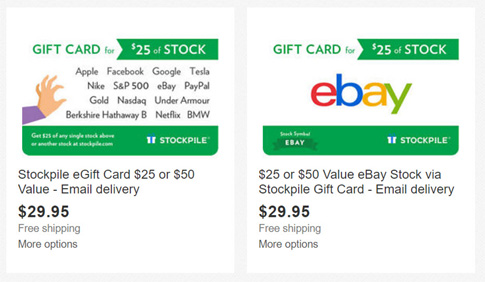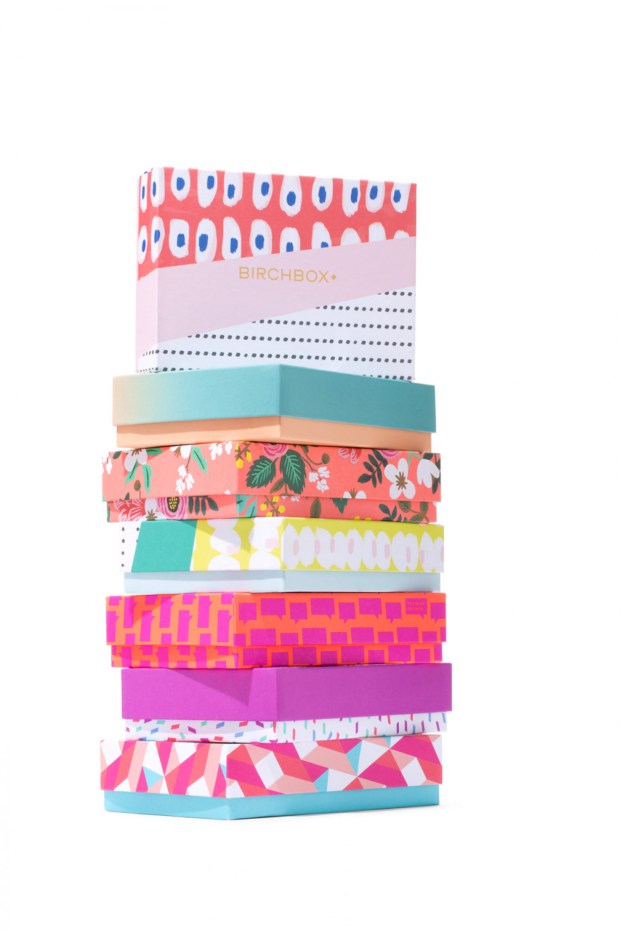Eyes on the skies: The dream of drone delivery starts to take flight
Drone package delivery is sparking the imagination of retailers, consumers and everybody in between. Here’s what it means to packaging professionals.

Amazon, Google, DHL and Walmart are all working on the supply chain of tomorrow, including package handling and delivery. And although the future looks somewhat different to each of them, all four know they want aerial drone technology to be part of it.
Driving their interest in drone package delivery is the possibility of super-fast shipping—as in next half-hour rather than next day—which in turn relates to the growth of e-commerce and consumers’ changing expectations for what constitutes timely delivery.
Online shoppers clearly are interested in getting their purchases as quickly as possible. In a 2016 survey conducted by Walker Sands Communications, 79% of respondents said they would be “very likely” or “somewhat likely” to request drone delivery of their package if it could be delivered within an hour. Of the 1,433 U.S. consumers surveyed, 26% expected to order their first drone-delivered package “in the next two years,” and another 30% said “in the next five years.”
In addition, 73% of Walker Sands’ survey participants said they would pay up to $10 for a drone delivery. Although the economics of drone delivery have not yet been worked out, robust delivery fees could help offset operating costs.
Immediately, if not sooner
Minimizing the time it takes to get products from a warehouse to consumers is a key benefit of drone delivery for e-commerce companies. Amazon has publicly stated that the goal of its Prime Air service, which will use aerial drones, is to get packages to customers in 30 minutes or less—on-demand delivery, essentially.
Amazon Prime Air has tested drone prototypes designed with, for example, a small cargo bay or an external bin for carrying packages. In all cases, the packages loaded onto Amazon’s drones are on the small side, weighing no more than five pounds; the drones would be able to fly 10 miles or more to make a delivery.
The company reportedly has been testing its drones in Canada, the United Kingdom and the Netherlands. Amazon declined to comment for this article.
Separately, DHL has been testing drones for the delivery of express and emergency items and/or deliveries to difficult-to-reach areas, such as islands and mountaintops. The company completed a three-month test of its Parcelcopter 3.0, a tilt-wing aerial vehicle, in the Bavarian Alps in early 2016.
The test incorporated DHL’s automated Skyport cargo loading and unloading system. Local customers who wished to send a package by drone between the trial program’s two stations simply inserted their package into the Skyport, and the item was loaded onto the drone. Most of the packages contained sporting goods or medicine.
Google, though its Project Wing program, also has been testing drones. One of Google’s delivery models combines aerial drones with rolling, earthbound robots—the aerial vehicles transfer packages to the robots on the ground (also see “Down-to-earth drones tackle the ‘last mile’”). The company previously had tested a drone that lowered packages, on a tether, directly to the ground. Google, which has shied away from publicity about Project Wing, had no comment.
Continue reading at www.packagingdigest.com
Source: Packaging Digest, August 10, 2016 -- Kate Bertrand Connolly
MEDIA CONTACT:
KATY LASEE | MARKETING DEPT.
651 554 8533
KRLasee@traveltags.com
TAGS:
card fulfillment,
holidays,
trends






